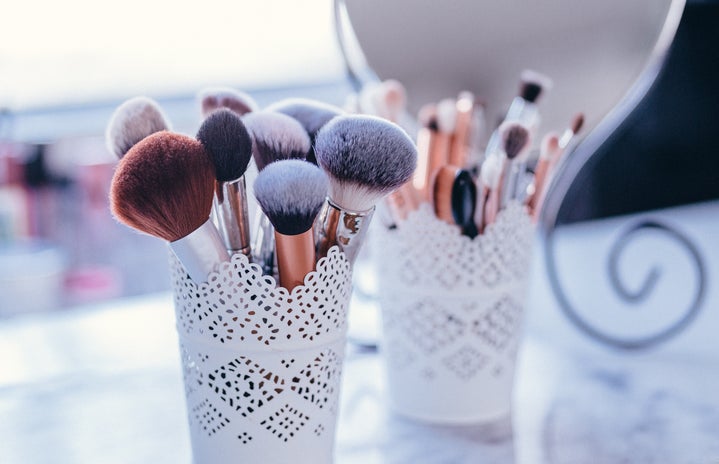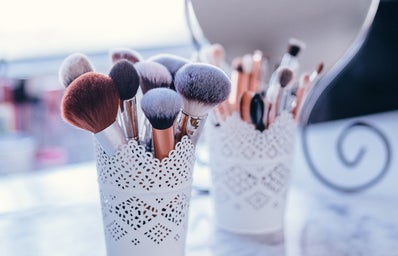We all know that there are three skin types: dry, combination, and oily, and although everyone’s skin is different, there are some general guidelines for dealing with each type. I’ve had oily skin since junior high and have hated it since then too, so here’s what I’ve learned about taking care of it. Hopefully, at least one of these tips will help someone else with oily skin too!
The most important thing is to keep moisturizing. It seems redundant, I know, but if you forgo moisturizing completely, all the salicylic acid and benzoyl peroxide in your face wash can dry your skin too much, and then you end up with dry patches. For the first time ever, I had dry, flaky patches on my forehead and around my nose this winter because a) it was cold and dry outside and b) I wasn’t moisturizing enough. Having drier skin might sound appealing, but not when it becomes flaky and irritated. Trust me: moisturizing is still important.
Try to use products that are oil-free. Again, this might seem redundant, but I didn’t really notice any consistent change in my oil levels until I started using an oil-free cleanser. When I first washed my face with it before bed, I woke up the next morning and my face didn’t feel oily, which had never happened before. Oil-free moisturizer is good too, as it’s generally a lighter moisture that won’t over-hydrate your face. (The face wash I use right now is Neutrogena’s Oil-Free Pink Grapefruit Acne Wash, if anyone is interested.)
Stick to gel or foam cleansers. Cream cleansers often feel and smell wonderful, but they’re generally designed to add moisture and not reduce any of your skin’s oil. Gel cleansers, on the other hand, are made for deep cleansing, so they reduce excess oil and help unclog pores. Foam cleansers remove oil in the same way and are about as effective. (However, if you have sensitive skin, cream cleansers are super gentle and may be a good option for you.)
Utilize clay masks. On your face, clay pulls excess oil and dirt– or sebum, if you’re familiar with that term– to the surface, so that it can be washed away. This obviously clears clogged pores, which helps avoid new pimples, and also can sometimes help your pores appear smaller/ less noticeable. Like any mask, it’s important to not use it every day as that will over-dry and possibly irritate your skin, but once or twice a week would be fine.
Oily skin kind of makes skincare a pain, but I’ve found that just remembering these few things goes a long way. My skin doesn’t get nearly as oily as quickly, but it also isn’t overly dry. If you also have oily skin, hopefully at least one of these tips helps you out.


